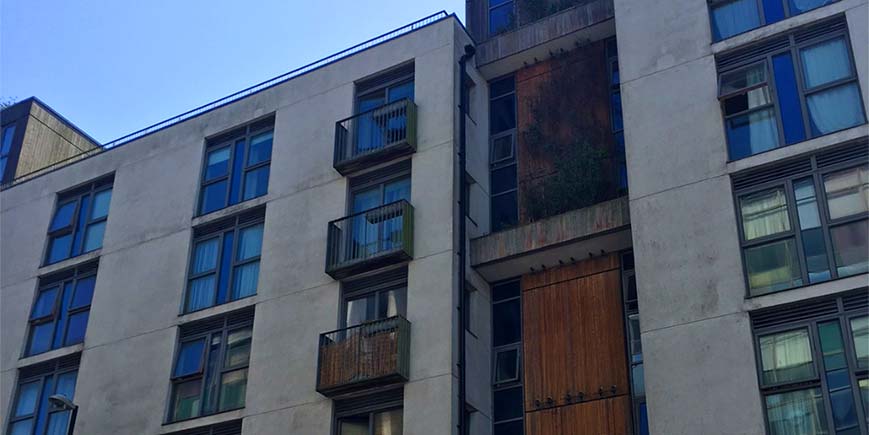This information should not be interpreted as financial, tax or legal advice. Mortgage and loan rates are subject to change.

Category: hmo hmo
hmoParagon Banking Group’s Q1 2024 PRS (Private Rented Sector) Trends report and a landlord survey both strongly indicate that buy to let HMOs (House of Multiple Occupation) are in high demand among UK landlords.
Despite the ongoing housing shortage, strong tenant demand indicates that the overall market environment is healthy. As such, landlords continue to exhibit confidence in this type of shared-occupancy property.
Additional factors such as decreasing utility bills and the reversal of council tax banding for individual rooms in shared houses have also given more financial incentive for landlords in this sector. Across the UK, HMOs will once again be classed as single dwellings.
Paragon Bank’s report in a nutshell
The majority of landlords – 54% – have full ownership over their properties, while a significant portion of them – 37% – have interest only mortgages rather than outright ownership. 19% of PRS landlords own at least one HMO property, showing that they are very numerous across the UK.
We can gather from the overall statistics of the types of properties owned by PRS landlords that, as well as HMOs, a high portion of them also have ownership over terraced houses (62%), individual flats (47%), and semi-detached houses (45%).
Across the board, rents are going up – 78% of landlords have already increased their tenants’ rents and 63% are planning to increase theirs further in the next twelve months.
But can they be blamed for this? Landlords, in the vast majority of cases, have been compelled to increase rent for their valued tenants due to increasing mortgage interest rates. For many, it is sadly unavoidable in the current climate.
Challenges of buy to let HMOs
Owning an HMO property or two can pose a unique set of challenges for a landlord and it’s important to understand these.
Indeed, many landlords may be more cautious about getting involved with buy to let HMOs. With so many other conflicting reports and surveys all coming to different conclusions about the viability of buy to let HMOs, you may be wondering, “Who do I believe?”
Key considerations for would-be HMO landlords include: the complex nature of lending, additional health and safety requirements, as well as other factors around multiple tenants living under the same roof.
Building experience and knowledge of their local market is crucial for a successful HMO portfolio. Having the skills to scout for the most compatible tenants that would be able to live together harmoniously is also useful.
However, investors in HMO properties will be able to reap the benefits of a highly valuable segment of the market, while also providing valuable and convenient accommodation to many tenants at once.
What’s more, if some landlords are quitting the buy to let club, that surely leaves more security and higher tenant demand for those that looking for high-yielding investment opportunities – why be a quitter when you can be a winner?
For HMO mortgage advice, get in touch with our team today.
